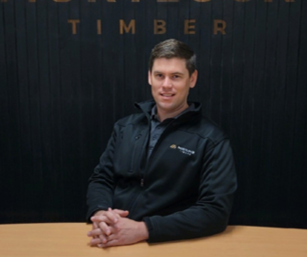Ironbark vs Spotted Gum: Which One Is Better for Cladding?
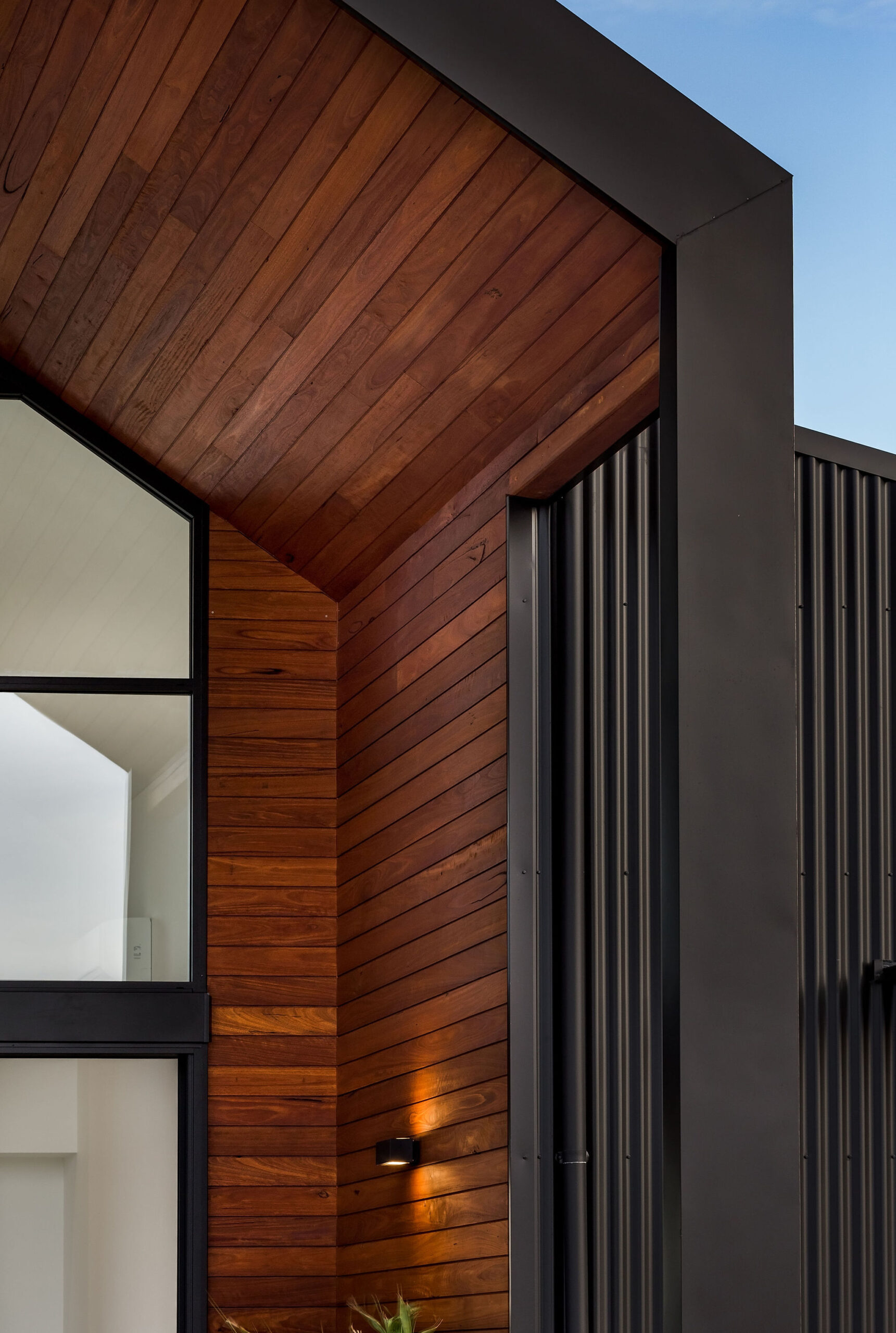
When it comes to cladding, few materials can rival the natural beauty, durability, and reputation of timber. Ironbark and Spotted Gum stand out as top contenders. Both are prized for their remarkable performance and aesthetics, making them favourites among architects, designers, and property owners. But when it comes to ironbark vs spotted gum, which one is the better choice for cladding? Let’s explore their unique characteristics, performance factors, and suitability for your next project.
Why timber cladding matters
Timber cladding does more than just enhance a building’s appearance—it provides essential protection and insulation while adding timeless character to any structure. Selecting the right timber species ensures your cladding delivers on performance, aesthetics, and longevity. Ironbark and Spotted Gum both embody these qualities, but subtle differences between the two can make one more suitable than the other depending on your project’s needs.
Ironbark: The epitome of strength and resilience
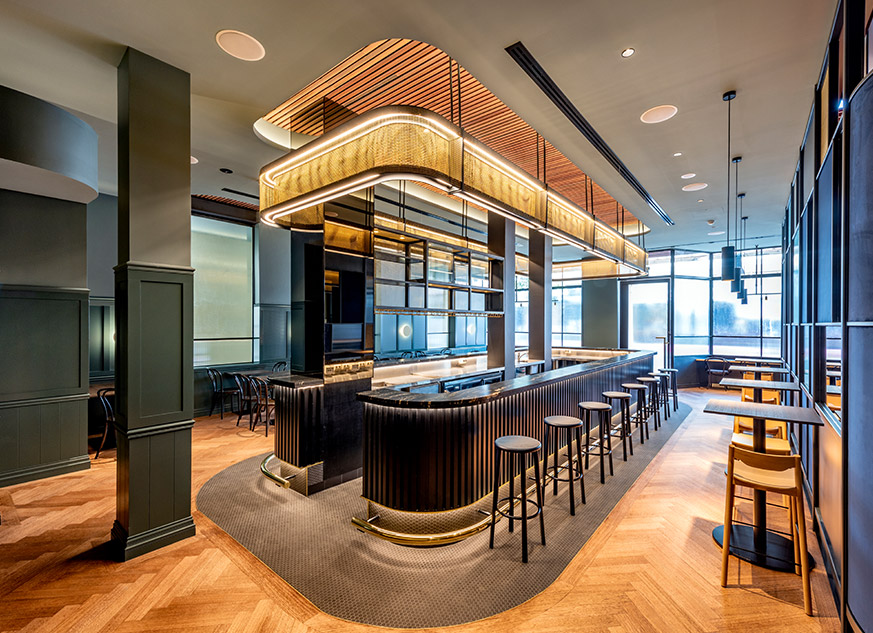
What makes Ironbark special?
Ironbark is renowned for its unparalleled hardness and durability. With a Janka hardness rating of 14.0, it’s one of the toughest hardwoods available, making it an exceptional choice for exterior cladding in harsh environments. Its rich hues, ranging from deep red to brown, exude sophistication and warmth, making it ideal for both contemporary and traditional designs.
Key benefits of Ironbark for cladding
- Durability and longevity: Ironbark’s exceptional density and hardness make it highly resistant to wear, impact, and damage, ensuring it can withstand the rigours of time.
- Weather resistance: Thanks to its dense structure, Ironbark offers excellent resistance to moisture, decay, and termites, making it suitable for even the most challenging climates.
- Low maintenance: Ironbark’s natural resilience means less ongoing maintenance, as it requires minimal treatments to retain its structural integrity and beauty.
- Aesthetic appeal: Its distinctive grain and rich colour palette create a striking visual impact, particularly when finished with natural oils or stains.
- Fire resistance: Ironbark can be up to a BAL 29 rated timber, which is recommended for areas at high bushfire risk.
Considerations for Ironbark
Despite its many advantages, Ironbark’s density can make it more challenging to work with during installation. Its weight and hardness require specialised tools and expertise, which can add to initial costs.
Spotted Gum: A versatile and elegant choice
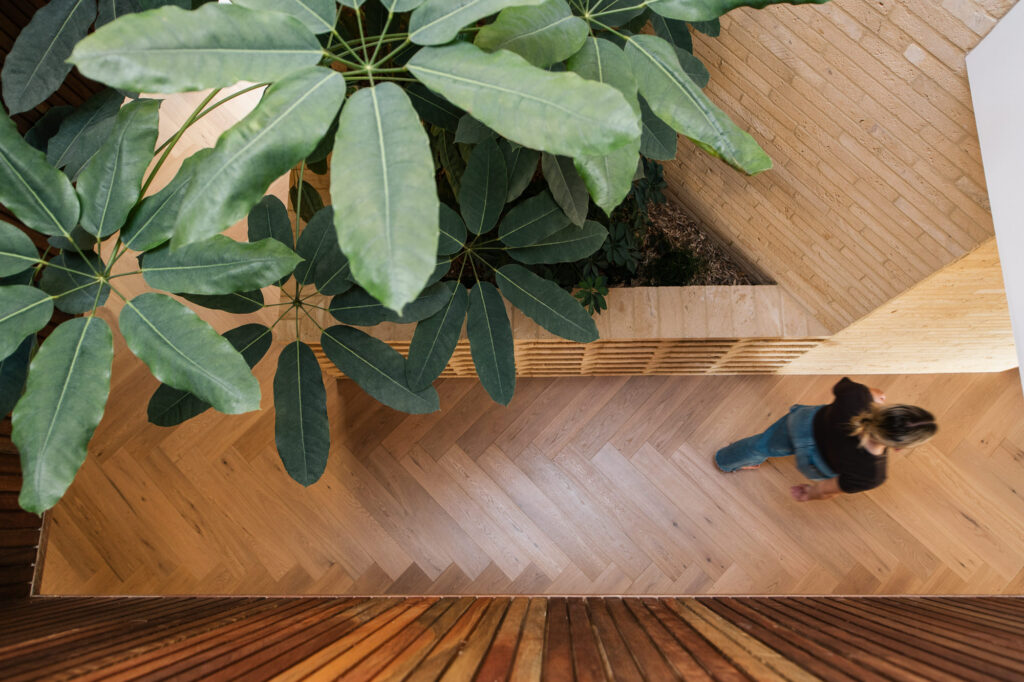
What sets Spotted Gum apart?
Spotted Gum is a highly versatile hardwood, prized for its unique grain patterns and warm tones. Ranging from pale browns to rich chocolate hues, it offers a sophisticated, natural aesthetic that complements various architectural styles. With a Janka hardness rating of 11.0, Spotted Gum is slightly less dense than Ironbark, but still exceptionally durable.
Key benefits of Spotted Gum for cladding
- Stunning visual appealThe characteristic spotted grain and colour variation make Spotted Gum a favourite for designs that prioritise texture and warmth.
- WorkabilityIts slightly lower density makes Spotted Gum easier to cut, shape, and install compared to Ironbark, reducing labour costs and installation time.
- DurabilitySpotted Gum’s natural resistance to termites and decay ensures long-lasting performance, even in exposed environments.
- Fire resistanceAs a native Australian hardwood, Spotted Gum is a BAL 29 rated timber, meaning it is naturally fire-resistant and compliant with many bushfire zone requirements, adding an extra layer of protection to your property.
Considerations for Spotted Gum
While Spotted Gum is highly durable, it may require more frequent maintenance in extremely harsh climates compared to Ironbark. Regular sealing or oiling helps preserve its colour and integrity over time.
Comparing Ironbark and Spotted Gum for cladding
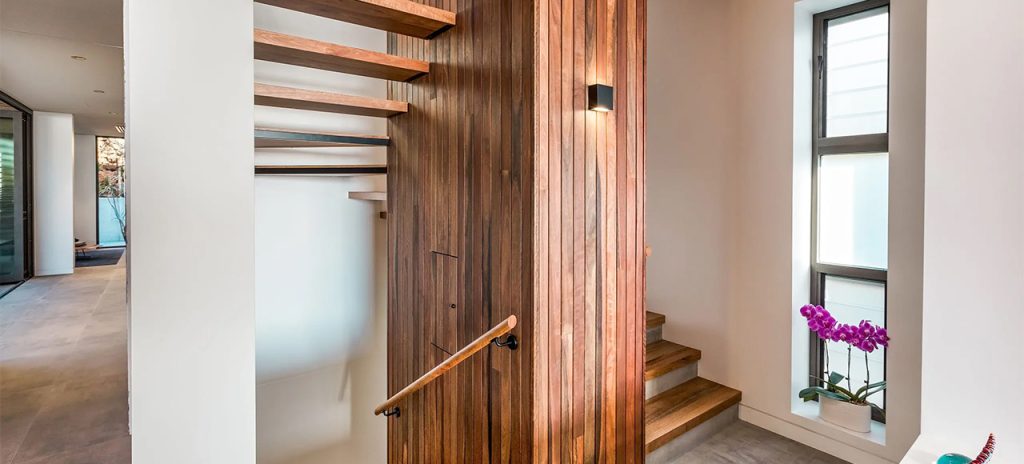
When evaluating ironbark vs spotted gum, it’s essential to weigh the factors that matter most to your project. Here’s a breakdown of their performance across key criteria:
1. Durability and weather resistance
- Ironbark: Superior in durability, with unmatched resistance to moisture, termites, and decay. Ideal for projects in extreme climates or high-impact areas.
- Spotted Gum: Highly durable and weather-resistant but may require more upkeep in areas with severe weather exposure.
2. Aesthetic versatility
- Ironbark: Offers a bold, rich appearance with darker tones, perfect for statement designs or traditional aesthetics.
- Spotted Gum: Provides a more versatile look, with warm, varied tones and distinctive grain patterns suited to contemporary and eclectic styles.
3. Workability and cost
- Ironbark: Its density and weight can increase labour costs and installation time.
- Spotted Gum: Easier to work with, making it a more cost-effective choice for large or complex projects.
4. Maintenance requirements
- Ironbark: Requires minimal maintenance due to its natural resilience, if you are leaving the timber to weather to a natural grey colour.
- Spotted Gum: Correct treatment and maintenance can extend the longevity and keep the natural colour of Spotted Gum.
5. Sustainability
Both Ironbark and Spotted Gum are sustainably harvested under Australian forestry regulations, making them eco-friendly choices. Mortlock Timber ensures all products are responsibly sourced and certified to meet stringent environmental standards.
Choosing the best option for your project
The decision between Ironbark vs Spotted Gum ultimately depends on your project’s specific requirements. Here’s how to decide:
- Choose Ironbark if your project demands maximum durability and resistance to extreme conditions. It’s the ideal choice for high-end designs where long-term performance is a priority.
- Opt for Spotted Gum if you value versatility, ease of installation, and a distinctive aesthetic. Its workability makes it perfect for creative or large-scale designs with intricate details.
Why Mortlock Timber is your go-to for premium cladding solutions
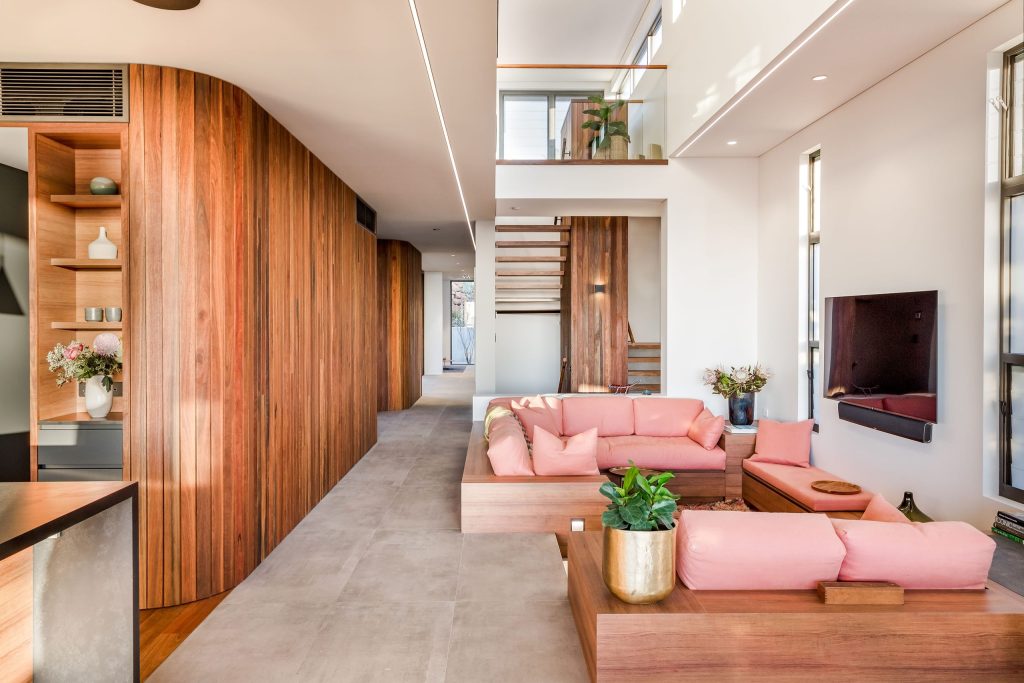
Whether you prefer the robust appeal of Ironbark or the versatile elegance of Spotted Gum, Mortlock Timber provides unparalleled expertise and premium products for your cladding needs.
Industry-leading innovation
Mortlock Timber’s Trendplank, Satinplank and Proplank systems are designed to elevate the performance and appearance of your cladding. With concealed fixings and precision engineering, our solutions ensure a flawless finish.
Sustainable practices
We are committed to sustainability, offering PEFC-certified timbers that align with eco-conscious building standards.
Bespoke service
From initial consultation to final installation, our team works closely with you to deliver a solution that aligns with your vision and meets your specifications.
Transform your space with Mortlock Timber
Choosing between Ironbark vs Spotted Gum is a decision that depends on your project’s aesthetic and functional needs. Both timbers offer exceptional beauty and durability, ensuring your cladding will stand the test of time.
With Mortlock Timber’s premium range of products, you can trust that your investment will yield outstanding results. Whether you’re drawn to the unmatched strength of Ironbark or the versatile appeal of Spotted Gum, our team is here to help. Explore our range or contact us for expert advice on selecting the perfect timber for your project.
View our pricing and product guide
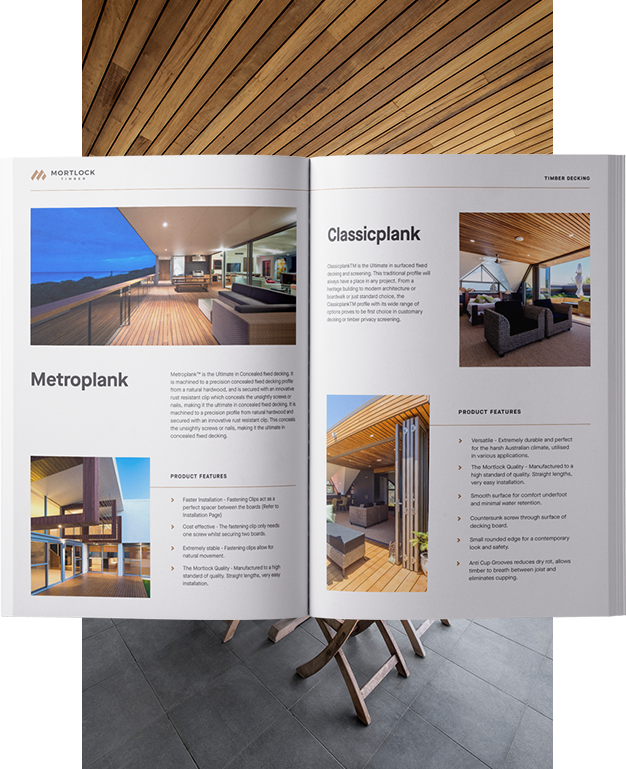
We are committed to bringing you timber products that add value and endure for years to come, even in heavy traffic and harsh weather conditions. We understand the value of efficiency when it comes to installation and keeping hardwood timber costs down. That’s why we’ve spent decades perfecting our designs to make them easier to handle, less wasteful and more efficient to install. This efficiency allows us to offer you premier products that are more cost-effective so that you can experience greater savings on timber wall costs, timber ceiling costs, timber cladding costs and timber decking costs.
Download our Pricing and Product Guide for our complete hardwood timber price list including timber decking prices, timber wall prices, timber ceiling prices and timber cladding prices.
